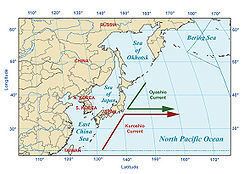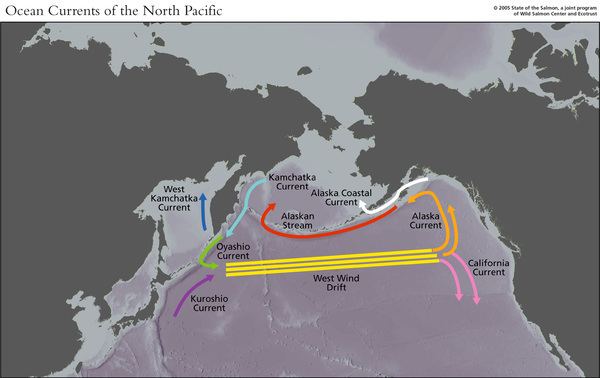 | ||
Why did nasa not show north pacific currents on new data visualizations video the f word perhaps
The North Pacific Current (sometimes referred to as the North Pacific Drift) is a slow warm water current that flows west-to-east between 40 and 50 degrees north in the Pacific Ocean. The current forms the southern part of the North Pacific Subpolar Gyre. The North Pacific Current is formed by the collision of the Kuroshio Current, running northward off the coast of Japan, and the Oyashio Current, which is a cold subarctic current that flows south and circulates counterclockwise along the western North Pacific Ocean. The North Pacific Current forms the northern part of the North Pacific Subtropical Gyre. In the eastern North Pacific near southern British Columbia, it splits into the southward California Current and the northward Alaska Current.
Contents
- Why did nasa not show north pacific currents on new data visualizations video the f word perhaps
- Flows Temperature
- Gyre Contribution
- References
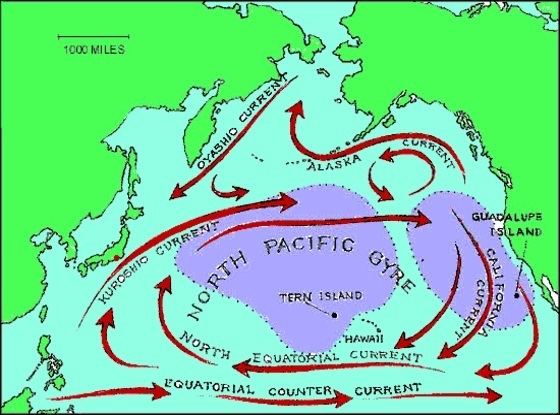
Flows & Temperature
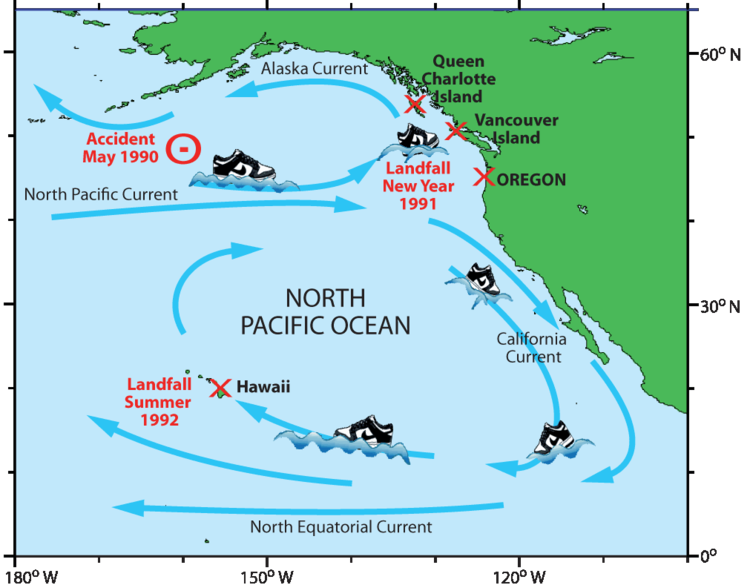
Flowing easterly from the island of Honshu, Japan, the North Pacific Current (Drift) covers over 20° of longitude. According to the Great Soviet Encyclopedia the NPC is often considered to be a part of the Kuroshio current. The current covers a large area bringing the warmer latitudinal waters up into the sub-polar latitudes causing a temperature differential of nearly 48.2 F° (26.8 C°). The average sea surface temperature along the NPC can range in the winter from 45-61°F (7.2-16.1°C) and in the summer months 64°F-74°F (17.8-23.3°C).
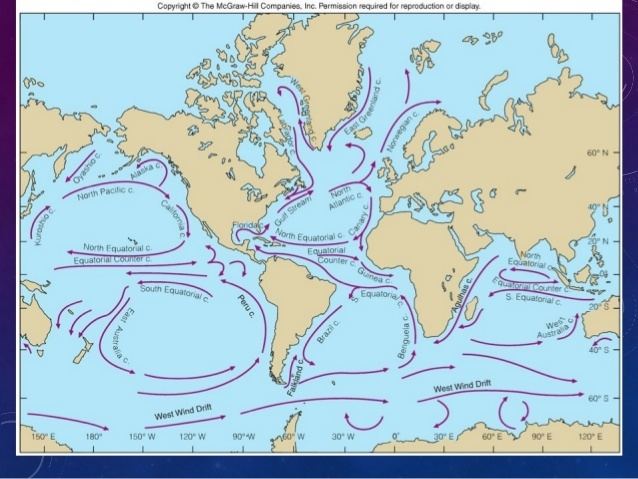
Along the NPC path from west to east the current begins to slow in velocity to around 0.1 m/s. As the NPC approaches the Northwestern coast of North America it divides into two currents the Alaska and California current.
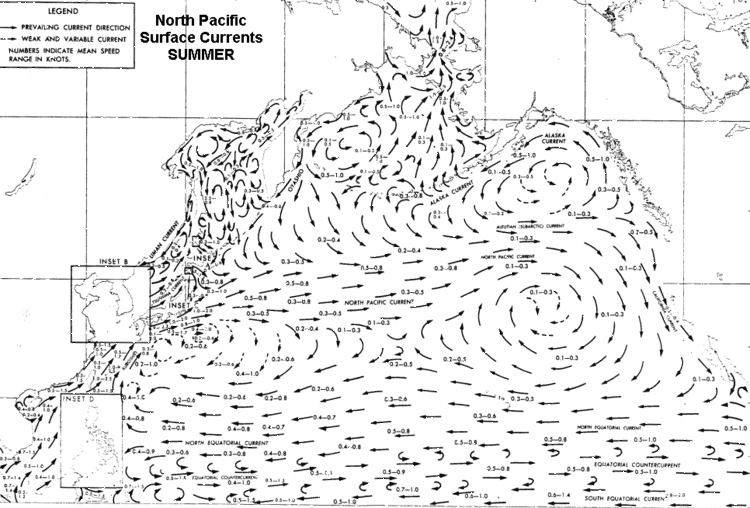
The Gulf of Alaska and the California Current receive different volumes and flows of warm water from the North Pacific Current. This division of water flow is known as bifurcation The Gulf of Alaska receives about 60% of the water from the NPC and the California Current receives approximately the other 40% of the NPC water. These volumes do fluctuate, however the fluctuations result in increased volumes and velocities of the NPC water entering into these currents.
Gyre Contribution

The NPC is the Northern boundary current that forms the North Pacific Subtropical Gyre. As a shoot off of the Kuroshio the NPC slows during its westward flow to the Americas. However, the NPC maintains enough momentum to bound the northern edge of the gyre. The North Pacific Gyre is estimated to be 7-9 million square miles. See also North Pacific Gyre. Debris from the ocean can become isolated into the center of the gyres as well as being distributed along the perimeter. Debris from the Japanese earthquake of 2011 has been found on the shores of Canada, Alaska, and Washington.
